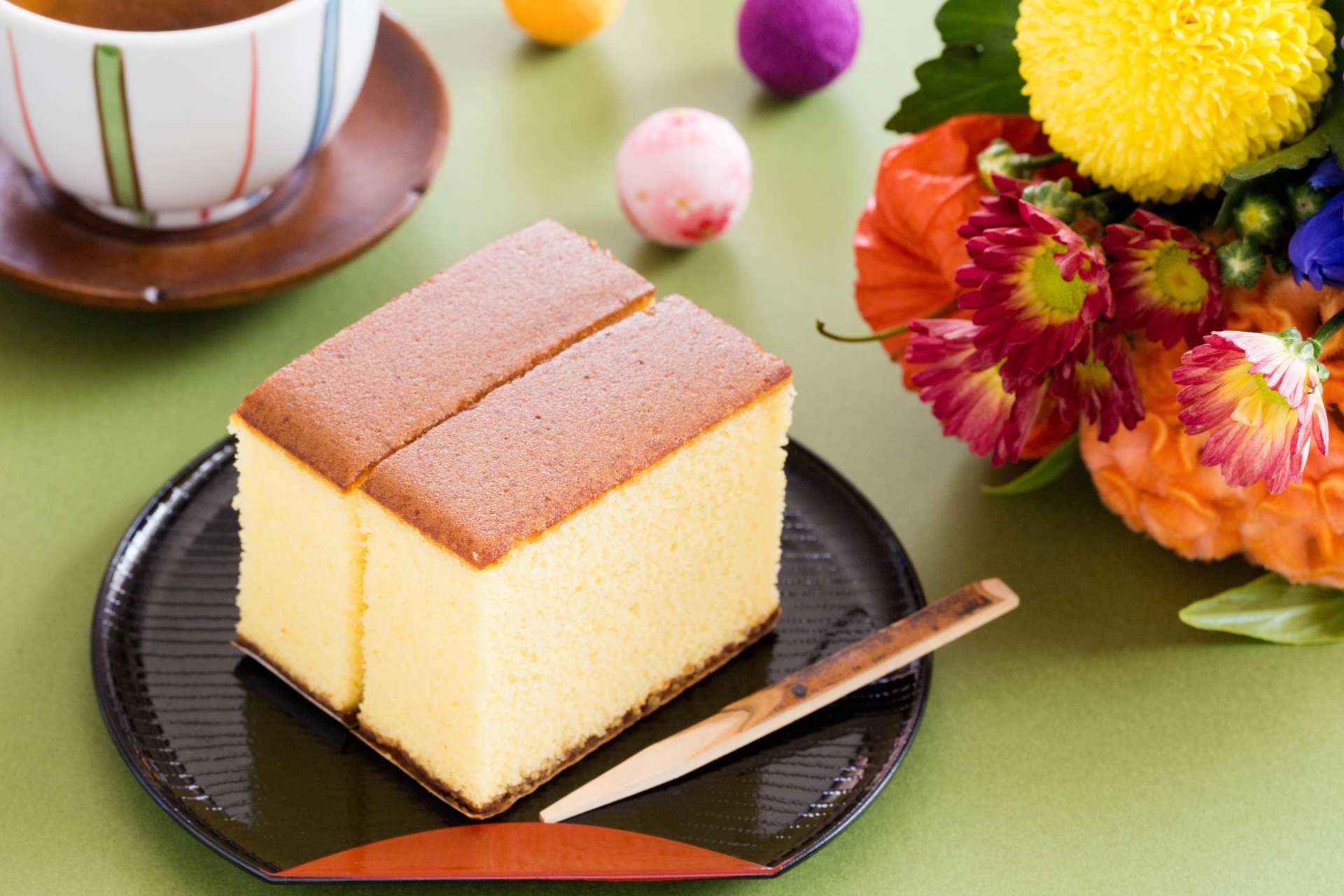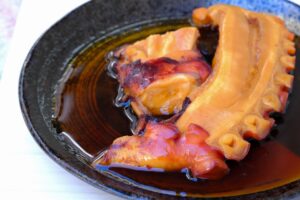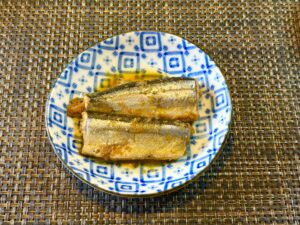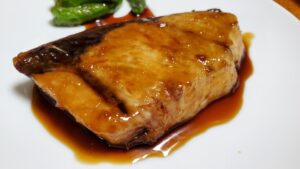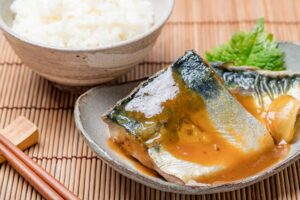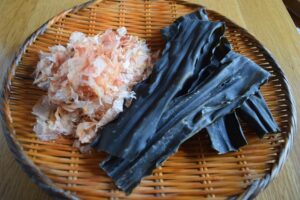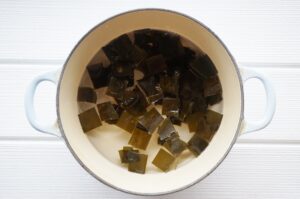Japanese Castella, or Kasutera, is more than just a sponge cake—it’s a cultural icon that traces its roots back to the 16th century. This article explores its history, unique baking techniques, and how you can make it at home, whether you’re a beginner or a seasoned baker. We’ll also delve into variations like Taiwanese Castella and provide troubleshooting tips to ensure success every time.
What Is Japanese Castella Cake?
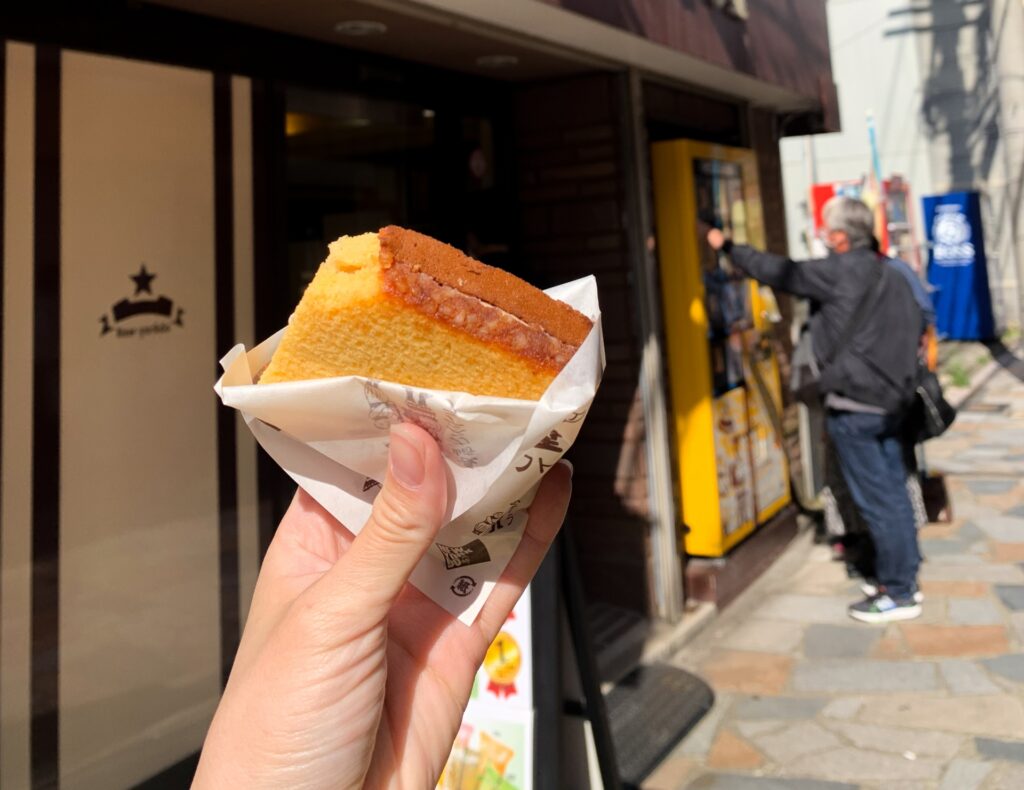
Japanese Castella, or “Kasutera” (カステラ), is a beloved traditional sponge cake that originated in the 16th century when Portuguese merchants introduced a similar dessert to the port city of Nagasaki. The name “Castella” is derived from “Pão de Castela,” meaning “bread from Castile,” referencing the Iberian region. Over centuries, the Japanese refined the recipe to create the version known today: a golden, moist sponge cake with a delicate, fine texture and shiny caramelized top.
Unlike other sponge cakes, Castella uses only a few basic ingredients—bread flour, eggs, sugar, and honey—yet delivers an extraordinary result through a meticulous process. It’s traditionally baked in wooden or paper-lined molds to help retain moisture, and it’s often enjoyed in thick slices served with green tea. The cake has become a specialty of Nagasaki and a symbol of Japan’s fusion of international and local culinary traditions.

How Is Castella Different from Western Sponge Cakes?
At first glance, Castella may resemble a Western sponge cake, but several unique characteristics set it apart. One of the main differences is the absence of fat like butter or oil. Instead, the cake relies entirely on the emulsification of eggs and sugar for structure, combined with bread flour to create its signature dense-yet-springy texture. The addition of honey not only sweetens the cake but also keeps it moist and gives it a subtle floral aroma.
While Western sponge cakes often aim for a light and airy crumb, Castella is more tightly knit, offering a satisfying chewiness. Unlike chiffon cakes that use oil and baking powder for leavening, Castella’s rise comes solely from whipping the eggs into a voluminous foam. It is baked low and slow in a water bath or at a carefully controlled temperature, often covered to avoid browning too quickly. The result is a cake with a glossy top, uniform crumb, and deep golden hue, distinctly different from its Western counterparts.
Step-by-Step Japanese Castella Cake Recipe
Here is a beginner-friendly recipe to help you master Japanese Castella at home. Measurements are provided in both grams and cups for convenience.
Ingredients:
- 6 large eggs
- 200g (1 cup) granulated sugar
- 2 tbsp honey
- 2 tbsp warm water
- 160g (1 1/4 cups) bread flour, sifted
Instructions:
- Prepare the pan: Line a 9×5-inch loaf pan with parchment paper. Preheat your oven to 320°F (160°C).
- Whip the eggs: In a large bowl, beat the eggs with an electric mixer on high speed for 5 minutes until light and foamy.
- Add sugar: Gradually add sugar while continuing to beat for another 5 minutes until the mixture is thick and forms ribbons.
- Add honey-water mixture: Mix honey with warm water, then gently fold into the egg mixture.
- Incorporate flour: Sift bread flour over the batter and gently fold using a spatula until just combined.
- Pour and tap: Pour batter into the prepared pan and tap it on the counter to remove air bubbles.
- Bake: Bake for 50-55 minutes or until the top is golden brown and a skewer inserted comes out clean.
- Cool and wrap: Once cooled, wrap the cake in plastic wrap and let it rest overnight for optimal flavor and moisture.
Tools & Ingredients You’ll Need
- Loaf pan (9×5 inch)
- Hand or stand mixer
- Parchment paper
- Sifter for flour
- Bread flour: Preferred for its higher protein, which provides structure
- Honey: Traditional Japanese Castella uses light honey for a floral note
- Kitchen scale: Accuracy is key for perfect results
Common Mistakes and How to Fix Them
| Problem | Cause | Fix |
| Deflated sponge | Overmixing or under-whipping eggs | Whip until thick ribbons form, fold gently |
| Burnt top | Oven temperature too high | Lower heat, use foil cover midway through baking |
| Dense texture | Improper folding or wrong flour | Sift flour, fold gently, use bread flour |
| Cracked surface | Heat shock or rapid temperature change | Avoid opening oven early, use consistent heat |
Variations: Japanese vs. Taiwanese Castella
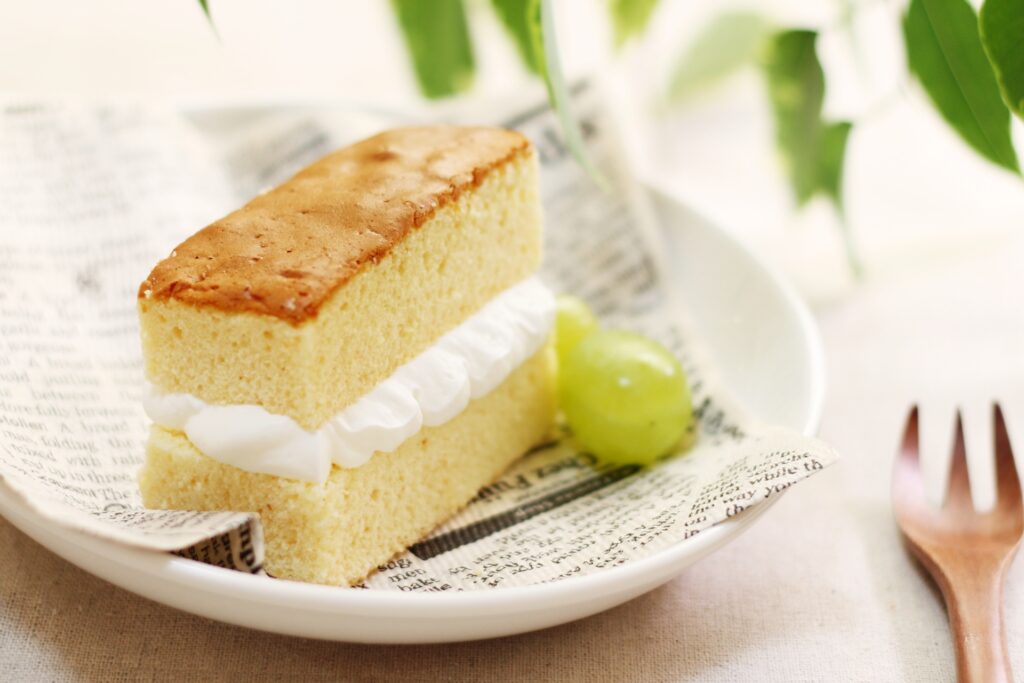
While Japanese Castella is dense, moist, and honey-flavored, Taiwanese Castella takes a different approach. It is fluffier, jiggles when shaken, and often includes additional ingredients like milk or oil for a soft and custard-like bite. Taiwanese Castella is baked in a water bath and is sometimes flavored with cheese or chocolate.
| Feature | Japanese Castella | Taiwanese Castella |
| Texture | Dense, moist | Fluffy, jiggly |
| Sweetener | Honey | Sugar, milk |
| Fat | None | Often includes oil |
| Baking Method | Dry bake, low heat | Water bath |
| Flavor Profile | Light honey | Creamy, custardy |
Modern Twists: Gluten-Free, Vegan, and Matcha Castella
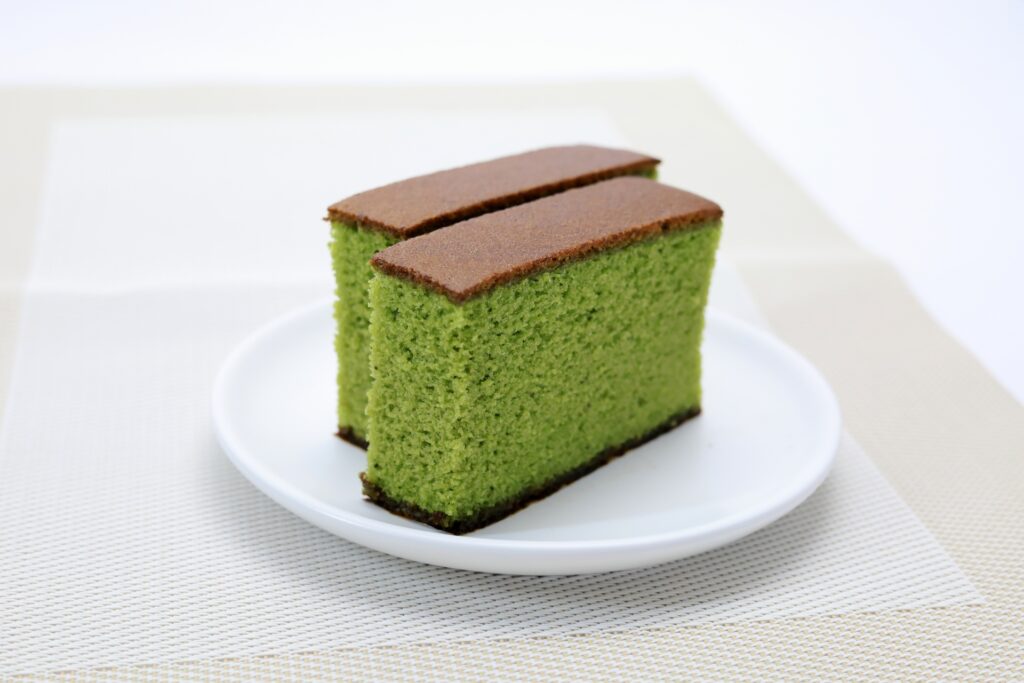
For those with dietary restrictions or adventurous palates, Castella can be adapted.
Gluten-Free: Substitute bread flour with a blend of rice flour and tapioca starch. Add xanthan gum to mimic elasticity.
Vegan: Replace eggs with aquafaba (whipped chickpea brine), sugar with maple syrup or agave, and use plant-based milk with a dash of lemon for acidity.
Flavored Variations:
- Matcha Castella: Add 1 tbsp of sifted matcha powder to the flour.
- Chocolate Castella: Mix 2 tbsp cocoa powder with the flour.
- Yuzu Castella: Add 1 tsp yuzu zest or yuzu juice to the batter.
These variations maintain the core of Castella while offering new and exciting flavors.
How to Serve and Store Castella Cake
Traditionally, Castella is served in thick slices with a cup of green tea or matcha. The simplicity of its presentation highlights its elegant flavor and texture. In modern settings, it can be paired with coffee, topped with whipped cream, or even served alongside seasonal fruits.
To store, wrap the cake tightly in plastic wrap or store it in an airtight container. Let it rest overnight at room temperature to allow the flavors to deepen. Properly stored, it stays moist for up to 5 days. It can also be frozen for up to one month—just thaw at room temperature before serving.
Conclusion: Bringing Japanese Tradition to Your Kitchen
Japanese Castella is a delightful journey into the heart of traditional Japanese baking. With its rich history, unique texture, and simple ingredients, it’s a cake that rewards patience and care. Whether you’re recreating a taste from your travels or exploring a new dessert, Castella offers a meaningful connection to Japanese culture. Don’t be afraid to try variations or share it with others—baking Castella is as much about tradition as it is about joy.

